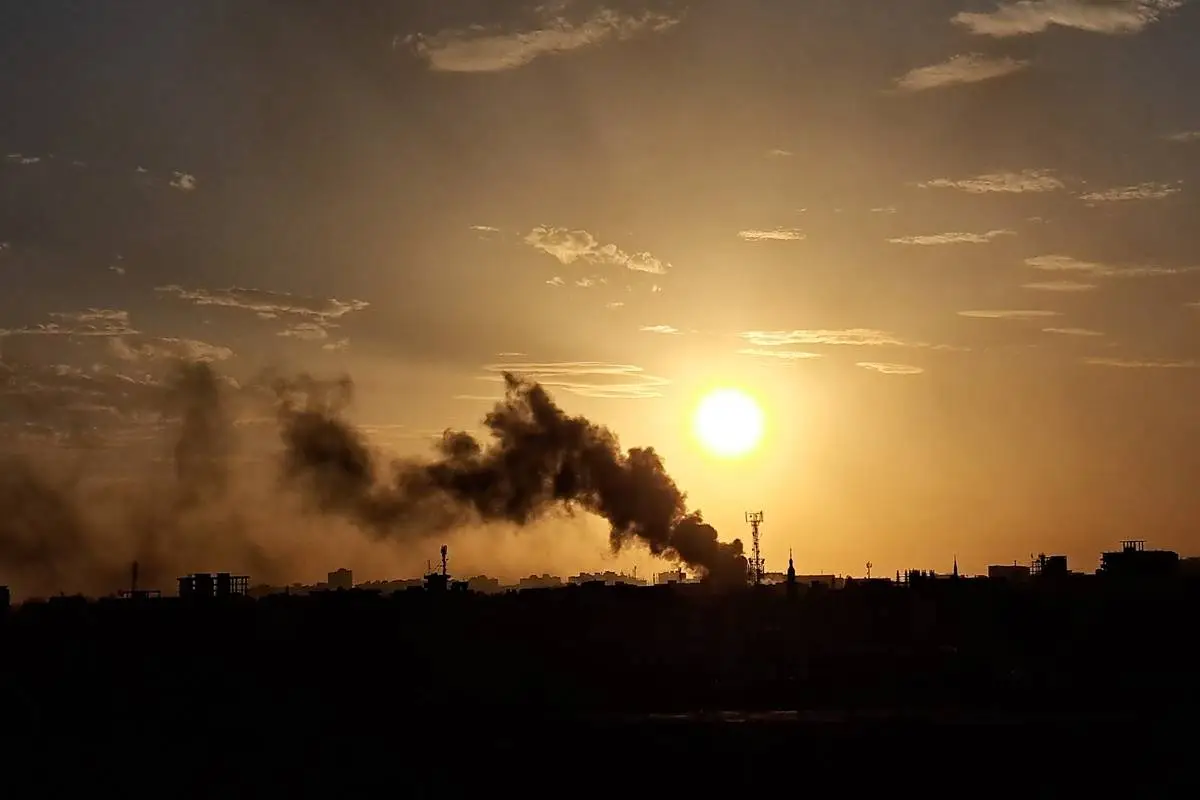Diplomatic relations between Iran and Sudan, which had been interrupted since the attacks on the Saudi Arabian Embassy in Tehran in 2016, resumed in 2023 after a 7-year hiatus. This development is closely watched both regionally and internationally. Sudan finds itself embroiled in a devastating war, and the revitalisation of its ties with Iran holds the potential to impact not only the region but also the global balance of power. The recent high-level visits by Sudanese officials to Iran, coupled with Iran’s provision of weapons to the Sudanese Armed Forces (SAF), have begun to draw the attention of various regional and global actors to the situation in the region.
As is well-known, the former Sudanese leader, Omar Al-Bashir, who maintained strong relations with Iran, had collaborated with Saudi Arabia and the UAE in the Yemen operation that commenced in 2016, acting as part of the coalition led by Saudi Arabia. However, following Al-Bashir’s ousting in a military coup in 2019, Abdel Fattah Al-Burhan assumed power. In April 2023, Al-Burhan’s former deputy, General Muhammad Hamdan Dagalo, rebelled against him, and his paramilitary Rapid Support Forces (RSF) clashed with the SAF, posing a threat to the State’s stability at numerous junctures.
The RSF swiftly seized control of many areas across the country, including a significant portion of Omdurman, the second-largest city adjacent to Khartoum. Concurrently, they gained control over several locations surrounding the capital, Khartoum. In light of these developments, the SAF found itself in dire need of external assistance, given its inability to counter the RSF forces and achieve desired outcomes in maintaining territorial control within the nation.
However, this scenario began to shift in favour of the SAF following the resumption of bilateral relations between Tehran and Khartoum in November 2023. Reports from the region emphasise that the SAF has made advancements against the RSF, reclaiming certain territories. With Iran supplying military assistance to the SAF, including Mohajer-6 unmanned aerial vehicles, significant strides have been made by the SAF in Omdurman, which had long been under RSF control. In a statement, the RSF claimed to have successfully downed at least three Iranian-made drones in Greater Khartoum.
Additionally, field reports indicate that Sudan possesses cargo planes affiliated with the Iranian Revolutionary Guard. One of the extensively debated topics is the potential for Iran to provide military training to Sudanese soldiers in the future. By extending such aid to the SAF, which is currently at an impasse and unable to contend with the RSF, Iran endeavours to bolster its presence on the African continent and carve out a sphere of influence.
Through this initiative, Iran aims to reinforce its existing foothold in the Red Sea, via Sudan. Among the deliberations is Iran’s purported request for a permanent naval base on the Red Sea coast in exchange for the assistance it would render to the Sudanese government—a proposal that was rebuffed by Sudanese authorities. Despite Iran failing to secure its desired outcome in this regard, it will persist in providing aid to Sudan and cultivating relations to safeguard its global objectives in the region. Although Sudan, mired in a significant conflict, declined the offer to forestall the reaction of other regional and international powers, Iran is still accruing certain interests in the area.
First and foremost, by establishing a presence in a nation traditionally aligned with Saudi Arabia, Iran stands to bolster its influence significantly. As the conflict within the country persists, Iran’s presence can poise to increase it further. Simultaneously, leveraging the nation’s proximity to the Red Sea will afford Iran a stronger position, vis-à-vis both Egypt and Saudi Arabia. Furthermore, it will augment its capacity to manoeuvre in Israel’s vicinity, with which it has long-standing tensions. Beyond these considerations, there exists the potential for Iran to disrupt international maritime trade by monitoring sea routes in the Red Sea. The worst-case scenario entails Iran exploiting the ongoing conflict to cultivate paramilitary forces sympathetic to its cause within the country, akin to the Houthis in Yemen, and utilising these groups to further its own interests.
However, such a scenario appears unlikely to unfold for several reasons. Firstly, Iran primarily asserts its influence through Shiism, whereas most of Sudan’s population adheres to Sunni Islam, distinguishing it from countries like Yemen, Iraq and Lebanon. Secondly, Iran’s ambitions in Sudan are closely monitored by global powers. Following Iran’s rapprochement with Sudan, the US and UK’s airstrikes on Houthi strongholds in Yemen in January, as well as the US’s targeted strikes in Iraq and Syria, are perceived as a message to all existing and potential Tehran proxies.
Moreover, the support extended to the RSF by the UAE indicates that these two nations, currently at odds in Yemen, are poised to continue their proxy warfare through Sudan. Despite Saudi Arabia initiating a normalisation process with Iran, facilitated by China, its stance in this situation remains ambiguous. Saudi Arabia’s response, particularly in light of its unsuccessful joint efforts with the US to broker a ceasefire in Sudan, will significantly influence Iran’s presence and position within the country.
As Sudan navigates this tumultuous period, the outcome of Iran’s involvement remains to be fully realised. The international community’s reaction, particularly from key players in the region and beyond, will critically shape the future trajectory of Iran’s influence in Sudan and its broader aspirations in the Red Sea corridor.

